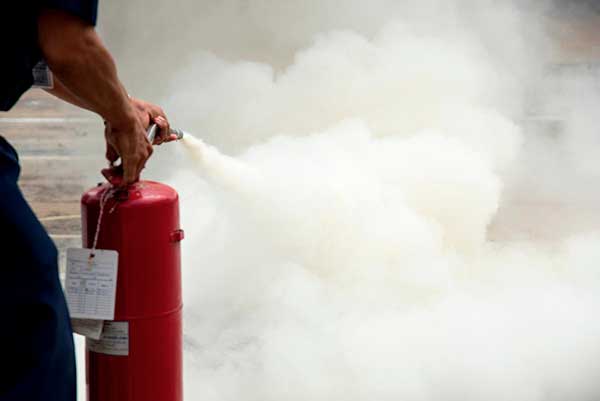From Buzz to Blossom: How Learning Beekeeping Can Transform Your Garden
Gardening and beekeeping go hand in hand, creating a harmonious balance that benefits both plants and pollinators. If you’re a gardener looking to boost your plant yields, improve pollination, and contribute to a healthier ecosystem, learning beekeeping can be a game-changer. Whether you’re a beginner or considering backyard beekeeping, understanding the relationship between bees and gardens will help you cultivate a thriving, bee-friendly space.
In this guide, we’ll explore how beekeeping for beginners can transform your garden, the best plants for bees, and how to create a sustainable beekeeping setup that supports both your hives and your garden.
Why Every Gardener Should Consider Beekeeping
The Role of Honeybees in Pollination
Pollination is essential for fruit and vegetable production, and honeybees are among the most efficient pollinators. By transferring pollen from one flower to another, bees help fertilize plants, leading to increased yields and healthier crops. Without proper pollination, many fruits and vegetables struggle to develop fully.
For gardeners, this means that attracting pollinators to your yard—especially managed honeybee colonies—can significantly improve plant growth. Research shows that gardens with active beehives produce more fruits and flowers compared to those without.
Bees and Garden Health: A Natural Symbiosis
Beyond pollination, honeybees contribute to garden health by fostering biodiversity. Bees interact with native plants, spreading pollen across different species and strengthening local ecosystems. As a beekeeper, you’ll support these natural processes, ensuring a balanced and productive garden environment.
Creating a Bee-Friendly Garden
Best Plants for Bees and Pollination Success
If you want to attract pollinators to your garden, choosing the right plants is crucial. Bees are particularly drawn to flowers rich in nectar and pollen. Some of the best plants for a bee-friendly garden include:
- Lavender – A great nectar source that blooms for an extended period.
- Sunflowers – Attracts honeybees and provides abundant pollen.
- Clover – A favorite for bees, offering rich nectar.
- Fruit Trees (Apple, Cherry, Peach, etc.) – Bees play a key role in fertilizing blossoms for fruit production.
- Wildflowers – Native flowers support local bee populations.
By incorporating these plants into your garden, you’ll not only create a paradise for honeybees but also enjoy a vibrant, colorful landscape.
Designing Your Garden for Bees
To maximize the impact of learning beekeeping in your garden, consider these design principles:
- Plant in clusters – Bees prefer large patches of the same flower type rather than scattered individual plants.
- Ensure continuous blooming – Select plants that bloom at different times of the year to provide a consistent food source.
- Avoid pesticides – Chemicals can harm honeybees, so use organic pest control methods.
- Provide water sources – A shallow dish with pebbles and fresh water helps bees stay hydrated.
By making your garden more bee-friendly, you’ll see an increase in pollination benefits, resulting in healthier plants and more abundant harvests.
Beekeeping for Beginners: What You Need to Know
Setting Up a Beehive in Your Backyard
If you’re new to beekeeping, starting with backyard beekeeping can be an exciting and rewarding journey. Here’s what you’ll need to get started:
- Beekeeping Supplies – A complete beekeeping kit includes a hive, frames, a smoker, protective gear, and tools.
- Choosing the Right Hive – Langstroth hives are the most common and beginner-friendly. Top-bar and Warre hives are also great options.
- Getting Your First Bees – You can purchase a nucleus colony (nuc) or a package of bees with a queen from a local supplier.
- Finding the Right Location – Place your hive in a sunny, wind-protected area with nearby flowers and water.
- Basic Hive Management Tips
Proper hive management ensures your bees stay healthy and productive. Here are some essential hive management tips:
- Conduct regular inspections to check for signs of disease or pests.
- Ensure your bees have enough food, especially in colder months.
- Keep your hive well-ventilated and free from excess moisture.
- Learn to identify queen health and colony strength.
With consistent care and sustainable beekeeping practices, your honeybee colony will thrive, benefiting both your hive and your garden.
How Beekeeping Can Boost Your Garden’s Yield
One of the most exciting benefits of learning beekeeping is the noticeable improvement in your garden’s productivity. Pollination benefits go beyond fruits and vegetables—flowers bloom more vibrantly, and plants produce more seeds, leading to healthier ecosystems.
Real-Life Examples of Beekeeping Success in Gardens
Many gardeners report significant improvements in their harvests after introducing a beehive. For example:
- A small backyard orchard saw a 30% increase in fruit production after adding a beehive.
- Community gardens with honeybee colonies noticed larger and more flavorful vegetables due to enhanced pollination.
- Flower gardens experienced longer blooming periods as bees consistently transferred pollen between plants.
By integrating backyard beekeeping into your gardening routine, you can experience these incredible benefits firsthand.
Conclusion
Learning beekeeping isn’t just about harvesting honey—it’s about creating a thriving, pollinator-friendly environment that enhances your garden’s health and productivity. By understanding pollination benefits, selecting the right plants for bees, and following basic hive management tips, you can transform your outdoor space into a flourishing ecosystem.
If you’re new to beekeeping for beginners, start by researching local regulations, connecting with experienced beekeepers, and investing in the right beekeeping suits. Whether you’re tending a small backyard garden or a large landscape, attracting pollinators through beekeeping will reward you with abundant blooms, bountiful harvests, and the satisfaction of supporting nature’s delicate balance.
Are you ready to take your gardening to the next level? Consider adding a beehive to your garden and watch as your plants thrive like never before.






